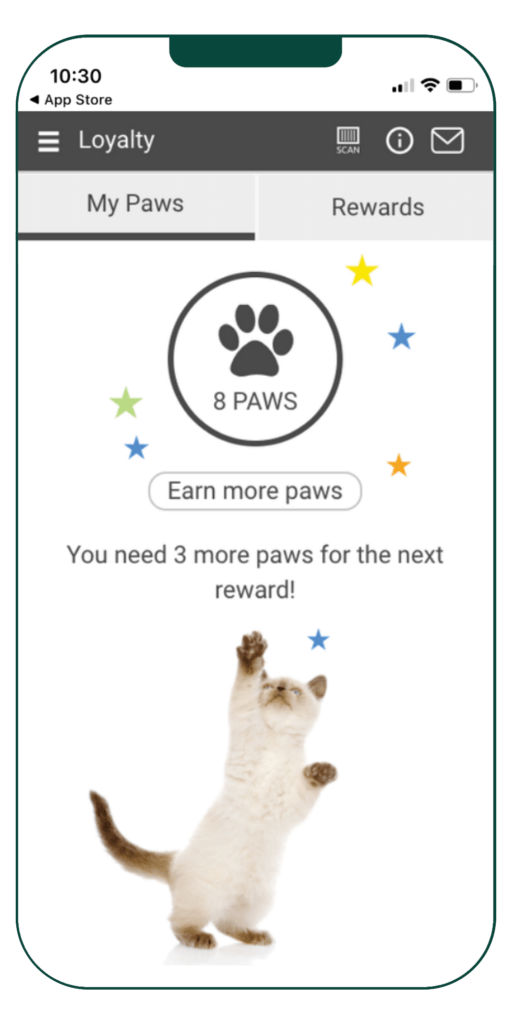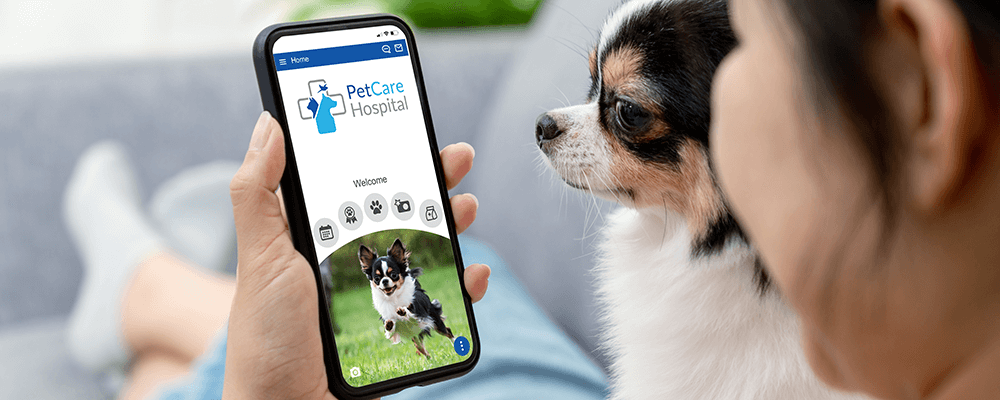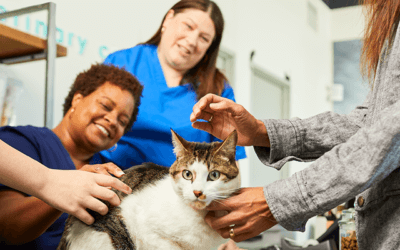If you read “Why your veterinary practice needs a loyalty program,”, hopefully you were inspired to think about how one could benefit your practice. But before you jump into creating your rewards program, consider the five fundamental factors of success.
The loyalty program through Vetsource’s Vet2Pet client engagement solution has been successfully implemented in hundreds of practices. Based on a financial analysis of 20 U.S. practices that implemented the standard program:
- Clients increased their annual spend by more than 10% after starting a loyalty program membership
- Participating practices saw an average revenue increase of $55K within the year
Can you expect similar results if you set up a loyalty program? Absolutely, as long as you’re strategic and keep the following tips in mind.
1. Keep it simple
Clients will only participate in your program if doing so is easy and fun. A good gauge of simplicity is the time it takes to explain your program. If you can sum up how it works in 15 to 30 seconds, chances are you’re good to go. If it takes longer than that, simplify.
Your program should also be easy for your team to manage. What if your program rewarded clients based on the purchase of services, but not products? Imagine the time your reception staff would have to spend calculating how much of every invoice qualifies for the reward — and then explaining to the client why that $85 bottle of Rimadyl they’re buying doesn’t qualify. Money spent is money spent; reward it all. It will come back to you.
2. Make sure every client can participate
A loyalty program is an amazing way to reward pet owners for taking care of their pets. It’s important that every one of your clients can participate, regardless of whether they have a healthy new puppy or an old, hyperthyroid cat.
If, say, you only offer rewards points based on the purchase of a wellness plan, then you are only rewarding those clients with healthy pets. That’s why spending-based programs are the best. It doesn’t matter what kind of pet they have. What matters is the invoice total.
3. Make it easy for pet owners to earn rewards
Some loyalty programs have members spending years collecting points that don’t amount to anything tangible. Don’t let that happen. Make sure the loyalty rewards you’re offering can actually be attained within a reasonable timeframe.
4. Offer clients high-value rewards that help them care for their pets
You know your clients want to take great care of their pets. If the reward you’re offering isn’t going to help them do just that, they will not be as keen to participate. Keeping that in mind, which reward do you think your clients would prefer to receive after spending, say, $1,600 in your practice — a free branded t-shirt or a $100 credit toward their pet’s next dental cleaning or chronic pain medication?
Your reward should be something that all of your clients can use. If, for example, you’re offering a free night of boarding, then only a select number of clients are going to be interested. Speaking of rewards, it is important to keep in mind that rewards are not the same as discounts. In fact, rewards programs can actually discourage discounting.
 5. Gamify your loyalty program to encourage participation
5. Gamify your loyalty program to encourage participation
Invite your clients to be active participants. Research suggests that participants feel more fulfilled when they’re actually required to do something to earn their rewards. That’s why a standard loyalty program doesn’t simply give away points for every dollar spent. Doing so would defeat the purpose of the upsell at the front desk.
Instead, offer points for every $100 spent per invoice. This incentivizes clients to play an active role. In doing so, you’ll build engagement, which builds excitement and leads to greater participation and rewards for clients, plus greater revenue for your practice.
Get started with your own loyalty program
Now that you’re equipped with the five fundamentals for success, it’s time to set up your program. A great place to start is by looking through your Data & Insights reports. Where are there areas of opportunity? Once you identify those, you can tailor a rewards program that will help you target those specific areas.
Want to see a higher ATC? Revenue not as high as you would like? Consider the standard loyalty program to encourage clients to spend more during each visit. Retail revenue down? Encourage the upsell and reward clients for purchasing food and parasiticides from you instead of going somewhere else. Problems with lapsing clients? That will be a thing of the past when you start rewarding them.
After you’ve set up your loyalty program, consider asking a neutral party for feedback. They may well think of something you didn’t. Then go back and make sure your program meets all five requirements above. If you can check off every box, you’re ready to start rewarding your clients!



